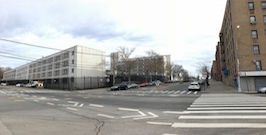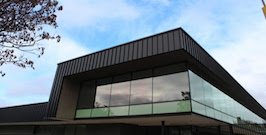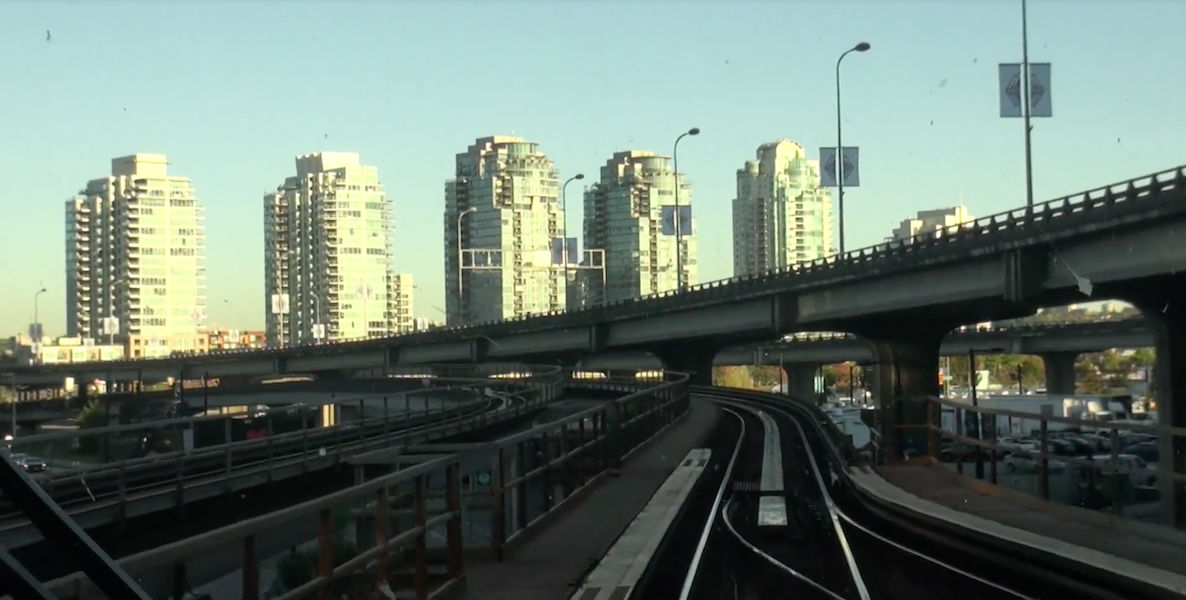As of this year, Vancouver has hit its 50 percent active transit target, putting the city 5 years ahead of schedule and making it the most successful North American metropolitan center to implement a multi-modal public transport system. With congestion issues, environmental concerns, and city planning in mind, the active transit target is a positive step for the city. Vancouver is the only North American city without freeways in city bounds, having rejected a plan proposed in the 1960’s that would have put in place a development project to build freeways and implement a water expressway. Had the plan been passed, it would have disrupted the pleasing aesthetic of public spaces in the city.
Instead, Vancouver developed a multi-modal public transport system comprised of walking and biking paths. The system’s efficiency has motivated 10 percent of daily commutes to the workplace via bikes, with 50 percent of all trips within city limits being taken on foot, by bike, or via public transit.
The 2010 Winter Olympics caused turmoil in the city, motivating further conversion from car to pedestrian transit in the years that ensued. Prior effective measures included the conversion of a section of Granville Street into a pedestrian mall and a strategic shift to support cycling. The Olympics opened the door to expanding upon the existing infrastructure, with a $2 billion plan in place to expand TransLink, a mass transportation network that will reach new corners of the city. Newly protected bike paths have expanded the system beyond downtown Vancouver, with 24 percent of the transport network classified for use by people of all ages and abilities.
The New York City Housing Project that Fosters Community

Photo: Next City
Housing for low-to-moderate-income families tends to be sparse in New York City. That’s the motivation for the NYC Economic Development Corporation’s proposed development at the site of the old Spofford Juvenile Detention Center. The plan is to redevelop the site into a live work campus that intends to cater to local business and residents. Boasting 740 apartments and hundreds of thousands of square feet of industrial, commercial, and community space, the project will not only stimulate economic development, but also foster the existing community. (via Next City)
Seattle Residents Design a Dump in Disguise

Photo: Next City
Trash dumps are, to put it mildly, unpleasant places in any community. In Seattle, the North Transfer Station dump operates trash compacting below ground, sheltering the surrounding area from the unpleasant noises and smells that result from waste elimination. Neighbors took an active role in designing the facility, and ensured they would receive community benefits. (via Next City)




